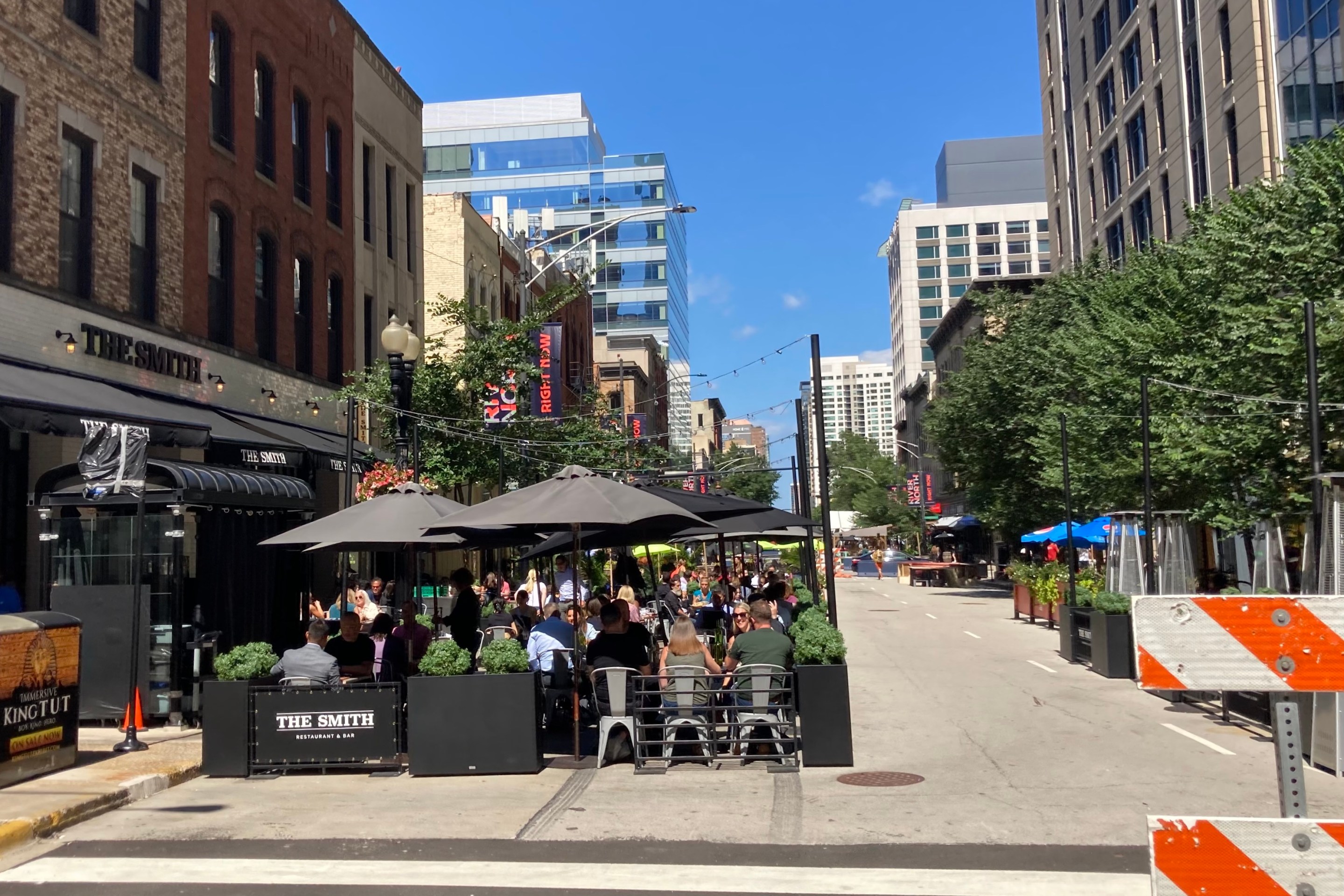Converting a travel lane in each direction on Ashland Avenue to center-running bus lanes, greatly improving transit performance on the corridor, won't lead to Chicago's own version of Carmageddon (which actually never materialized).
Data from New York City's Select Bus Service on First and Second Avenues – where two travel lanes gave way to bus lanes and bike lanes – shows myriad improvements. Trip times fell, crashes were reduced, and ridership increased -- all goals that the Emanuel administration has outlined in the Chicago Forward Action Agenda.
Let's check off the similarities:
- The M15 bus runs on 1st Avenue (northbound) and 2nd Avenue (southbound) and carries more passengers than any other bus route in New York City and had long boarding times because of the high ridership. The 9/Ashland bus has the highest ridership in Chicago and also suffers from long boarding times. Check.
- The M15 runs on streets that see huge traffic volumes, especially during rush our as car commuters enter and leave Manhattan. The 9/Ashland bus battles congestion at many choke points caused by clusters of retail, housing, and offices, and because of adjacent traffic backups caused by outdated intersection signal phasing and highway on-ramps (think Ashland/North). Check.
- NYC Transit kept the M15 local route, which does not stop at the Select Bus Service stops. The 9/Ashland would also run but alongside and not in the 9/Ashland-BRT lane.
In New York, on some segments of these avenues, two general traffic lanes -- not just one -- were converted to more efficient modes. The left lane became a parking-protected bike lane or buffered bike lane, while the right lane became a bus lane for six hours each day.
So, how did it work out? Here are the results, courtesy of NYC DOT's progress report [PDF]:
- Travel times on M15 Select Bus Service are 15 percent faster than the old M15, and 18 percent during the peak period.
- Ridership increased 12 percent on the M15 route.
- The number of crashes and injuries decreased on First and Second Avenues, in part because of new pedestrian islands and protected bike lanes.
We can expect even better transit improvements on Ashland, where buses will run in the center of street, instead of by the curb like in NYC. The Chicago Transit Authority projects the average bus speed will increase 83 percent [PDF], and the share of transit trips on Ashland will increase from 17 percent to 26 percent. While the Ashland BRT project won't introduce bikeways to the street, there will be pedestrian islands at many additional intersections, reducing crossing distances. Additionally, left turns across Ashland won't be allowed, bringing the potential for further reductions in car-pedestrian crashes.
As for Carmaggedon, it didn't happen in NYC. What happened to the cars? The average speed, as measured by GPS in taxis, increased. Traffic volumes increased in some places and decreased in others. NYC DOT met its goal of increasing bus ridership (which had stagnated thanks to the slow speed of buses), while car traffic stayed more or less the same. Or, as NYC DOT put it, "traffic flow was maintained."
Many people assume traffic congestion will skyrocket on Ashland when general traffic lanes are converted to bus lanes. This might be the case the same number of people who drive there now continue to drive in one lane. But that's not how traffic works. Because we're human, we'll spread ourselves around in order to seek the path of least resistance, and some drivers may even switch to the bus.
Improving transit reliability – and desirability – is what the Ashland BRT project is about. Based on the New York experience and CTA's estimates, it appears that CTA and CDOT can increase ridership and improve the ride quality of the 9/Ashland bus without causing Carmaggedon.






